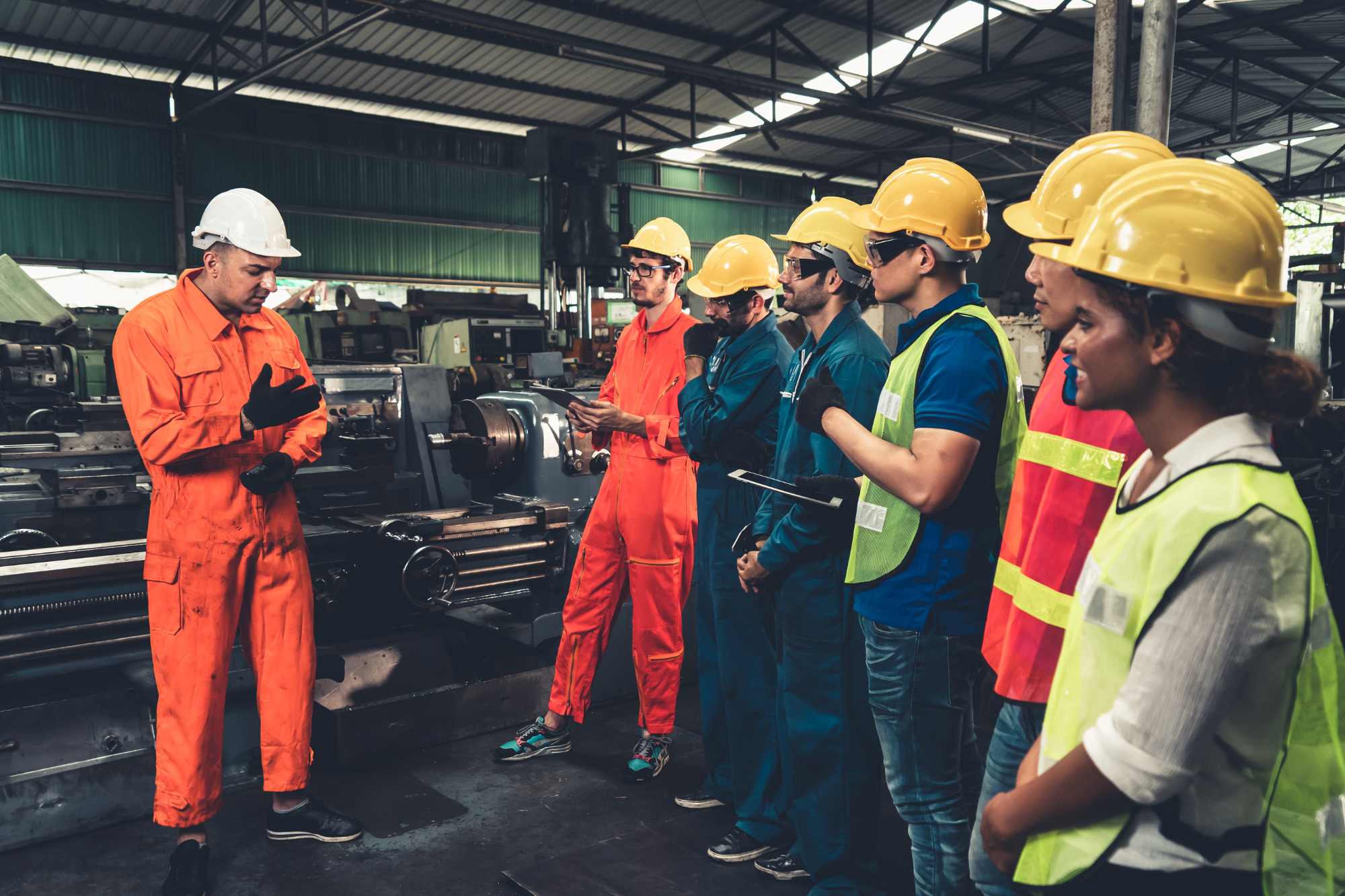
How to integrate safety into your company culture
When safety is truly part of a company’s culture, it shows in every decision, every process, and every level of the organization. It’s not limited to compliance checklists or annual training sessions. Instead, it becomes a shared value that guides behavior, encourages accountability, and strengthens trust across teams.
Companies that successfully integrate safety into their culture often see measurable improvements in performance. Fewer injuries, less downtime, and more engaged employees are just a few of the benefits. But achieving this level of integration requires more than rules and reminders. It calls for a clear, sustained effort to make safety a visible and consistent priority, from the front office to the front line.
This article explores practical ways to embed safety into your company’s culture, from leadership strategies and communication practices to employee engagement and continuous improvement. Whether you’re building a safety program from the ground up or looking to reinforce an existing one, these approaches can help strengthen your foundation and drive long-term success.
Demonstrate leadership
If you want your employees to adopt new safety policies, you’ll need to lead the way. Actively demonstrate your commitment to safety by setting clear expectations and providing the support needed to meet them. That might mean starting each meeting with a safety minute, making regular walkthroughs of the worksite to identify hazards, or participating directly in safety training alongside employees.
Provide educational tools that are relevant to each role and ensure that every team member understands their responsibilities. When leaders prioritize safety in both words and actions, employees are more likely to follow suit.
You and your employees should be able to answer these questions:
- How will individuals’ day-to-day workflows change in response to an increased focus on safety?
- What new roles and responsibilities will workers have to accept?
- How will these changes benefit everyone involved?
If your team can answer these questions clearly, it shows that expectations are well understood and that leadership is actively supporting the shift toward a stronger safety culture.
Involve your people
You may have your responsibilities squared away, but how will you involve your employees? Even with a clear vision, you won’t create a more safety-minded culture without actively including the people it will affect.
Begin by delegating certain responsibilities to workers in every department. You’re the safety manager, but other people can become liaisons for the workers they know best by gathering information about their peers’ most pressing safety concerns. Delegation not only makes your job easier but also allows everyone’s voice to be heard.
Toolbox talks are another great way to encourage participation and involve as many employees as possible. Brief and informal, these training talks can be held weekly, or even daily, to give workers a chance to voice their biggest concerns. Just a few minutes at the start of each workday can have a major impact when it comes to keeping safety on everyone’s minds.
You can also involve employees by asking them to assist with safety inspections or take part in incident reviews. For example, inviting workers from different teams to join regular walkthroughs can bring attention to overlooked hazards and give employees a greater sense of responsibility. When their input leads to changes, such as replacing worn equipment or adjusting a task to reduce strain, they see that their voices matter and their participation has a direct impact.
Process integration
It’s not enough to implement equipment checks, safety training sessions, and regular meetings. To make people more mindful of their safety at all times, new policies and procedures must be carried out during daily tasks. For example, you might ask workers to report on conditions throughout the day or complete quick safety checks at natural breakpoints in their shifts. In a warehouse, this could mean checking forklift paths for obstructions during each loading cycle.
When safety steps are integrated into the flow of work, employees are more likely to treat them as essential rather than optional. This kind of consistency helps shift the mindset from one-time reminders to ongoing awareness. Over time, safety becomes less of a separate requirement and more of a routine expectation.
Review policies regularly
As workplace operations shift, safety policies must be reviewed with care and precision. Outdated procedures can leave gaps in protection, and policies that no longer reflect day-to-day realities may reduce employee engagement. A consistent review process helps ensure that safety protocols stay aligned with current risks, equipment, and work practices.
Updating policies based on recent incidents, regulatory changes, or employee feedback shows a clear investment in worker well-being. When employees see that safety guidance is both current and relevant, they are more likely to follow it and to contribute to a culture that values safety at every level.
Support psychological safety
A strong safety culture depends not only on physical protection, but also on a work environment where employees feel safe to speak up. Psychological safety allows individuals to report hazards, raise concerns, and admit mistakes without fear of punishment or dismissal.
This openness is essential for identifying risks before they lead to incidents. Supervisors and safety leaders can support psychological safety by listening actively, responding respectfully, and following up on feedback. When employees know their input is valued, they become more engaged and more likely to take ownership of safety in their day-to-day work.
Creating a psychologically safe workplace also means addressing how safety concerns are received. If reports are ignored or dismissed, employees may stop speaking up. Establishing a clear response process and following through on concerns builds trust and encourages workers to stay engaged in maintaining a safe environment.
Take the next step toward integrating safety into your culture
A strong safety culture is not built overnight. It takes ongoing attention, clear communication, and active support from every level of the organization. When safety practices are part of daily routines and workers are encouraged to participate, the results are easier to sustain.
EHS Hero makes safety part of your company’s DNA—not just a checklist
Whether you’re managing inspections, tracking incidents, or assigning role-specific training, every feature of EHS Hero® is designed to promote shared responsibility and proactive risk management. EHS Hero is a catalyst for safer, compliant workplaces. By giving safety leaders and frontline teams real-time visibility into hazards, training, and corrective actions, EHS Hero helps standardize processes and embed safety into your company culture.



